Nanoparticles decorated to avoid immune system recognition were tested in mice and shown to survive longer and deliver more imaging dye and drug to tumor cells.
Computationally designed peptide sneaks nanoparticles past immune system
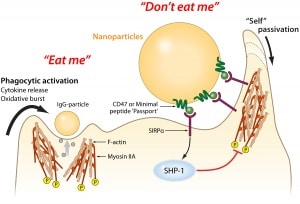

Nanoparticles decorated to avoid immune system recognition were tested in mice and shown to survive longer and deliver more imaging dye and drug to tumor cells.
In this Forbes interview, contributor John Nosta introduces us to a teen worth watching: fifteen-year-old Jack Andraka, whose effort to design a nanotube-based sensor for pancreatic cancer detection was initially ignored. The interview taps into some aspects of how innovation occurs and the challenges of bringing new ideas to fruition – aspects which transcend age,… Continue reading A teenager's step toward nanomedicine innovation
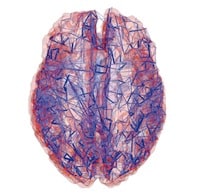
A proposed large project to produce a dynamic map of the functional connectome of the human brain will require a convergence of neuroscience, biotechnology, nanotechnology, and computation, and may therefore spur the development of advanced nanotechnology leading to molecular manufacturing.
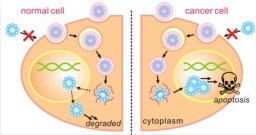
Core-shell nanocapsules deliver a potent protein complex to the nucleus of cancer cells where it induces them to commit suicide, while the complex degrades harmlessly in the cytoplasm of normal cells.

In a 47-minute interview Christine Peterson discusses the future that science and technology is bringing over the next few decades, and how to get involved to push the future in a positive direction.
An interview with Foresight Co-Founder and Past President Christine Peterson covering both the current state and the future prospects of nanotechnology is available on Youtube.
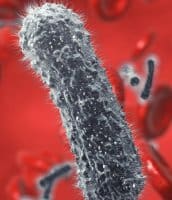
A demonstration that most fundamental biological processes can be implemented in a test tube as efficiently as in live bacteria provides synthetic biology the tools to create a ‘new industrial revolution’, which may or may not lead to more general molecular manufacturing.
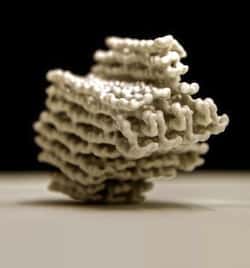
In two different sets of experiments a German research group has shown that scaffolded DNA origami can be used to assemble complex structures with precise sub-nanometer positional control, and that constant temperature reaction can greatly increase yields and decrease production times.
A study of a biological molecular machine has shown that the machine functions most effectively when it uses chemical bonds just barely strong enough to survive the power stroke of the machine.

A set of 32-nucleotide single strand DNA bricks was designed so that each can interact independently with four other DNA bricks so that sets of hundreds of bricks can self-assemble into arbitrarily complex 25-nm 3D shapes, each comprising 1000 8-base pair volume elements.